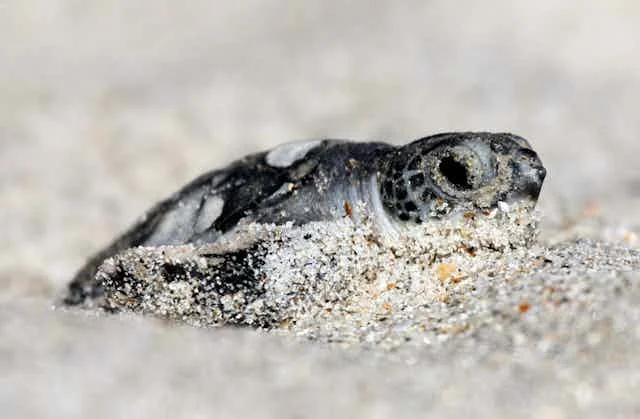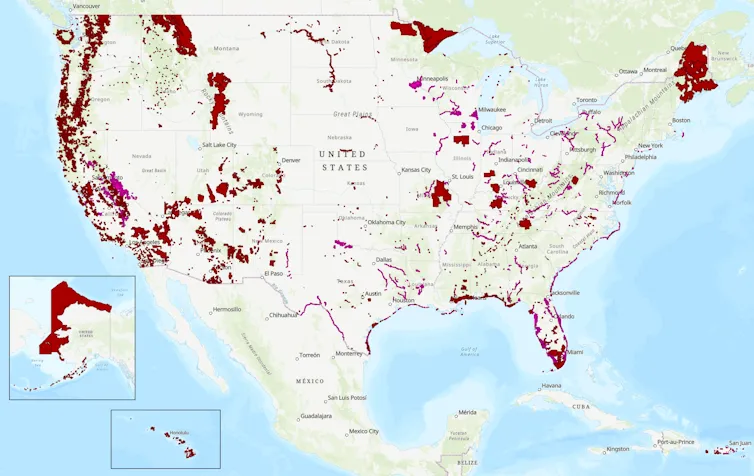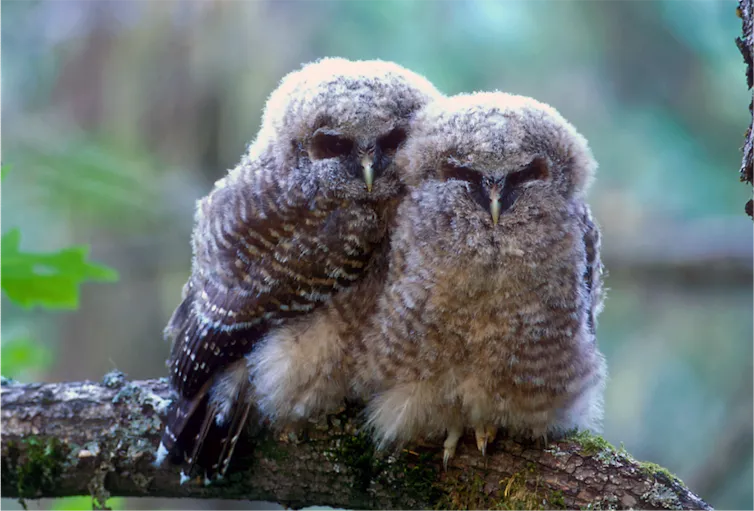
The Imminent Threat to America’s Endangered Species: Understanding the Proposed Changes to the Endangered Species Act
In a crucial moment for America's wildlife, a quiet yet significant shift in policy could reshape the landscape of conservation. Recent proposals by the Trump administration threaten to redefine the very word "harm" in the Endangered Species Act (ESA), a law that has safeguarded our nation's most vulnerable species for nearly 50 years. The implications of this overhaul may undermine the protections that have preserved iconic wildlife and their habitats.

The proposed changes are alarming; they would permit habitat destruction while maintaining minimal protections for endangered species. Historically, the ESA has interpreted "harm" to include the destruction of habitats crucial for the survival of threatened and endangered animals. However, the current administration aims to narrow this definition, potentially allowing extensive development in habitats where these species reside.
As an ecologist and law professor, I've witnessed the evolution of conservation law and the importance of habitat preservation. Studies show that 81% of listed endangered species face threats primarily due to habitat loss, not direct killing. For instance, the beloved bald eagle and the majestic humpback whale owe their recoveries to stringent habitat protections under the ESA.

Furthermore, the consequences of these proposals extend beyond individual species; they threaten entire ecosystems. Ecosystems are not simply collections of species; they are intricate webs of life that support our environmental stability. If habitats are compromised, the repercussions will ripple outward, impacting biodiversity and the services nature provides.
Critics argue that the proposed ESA Amendments Act of 2025 will turn back the clock on decades of progress made in wildlife conservation. This act, championed by certain congressional representatives, jeopardizes critical protections and sets a precedent for prioritizing developmental interests over ecological sustainability.

Public support for the ESA remains overwhelmingly strong, reflecting a collective commitment to safeguarding the natural heritage of the United States. As stewards of our planet, it is our responsibility to advocate for the continued protection of endangered species and their habitats. The time to act is now; our voices can make a difference.
In conclusion, we face a pivotal moment that could define the future of wildlife conservation in America. Will we allow short-term economic gains to overshadow our duty to protect endangered species, or will we defend the integrity of the Endangered Species Act for generations to come? Share your thoughts, and let’s engage in meaningful dialogue about the direction of our nation’s conservation efforts.